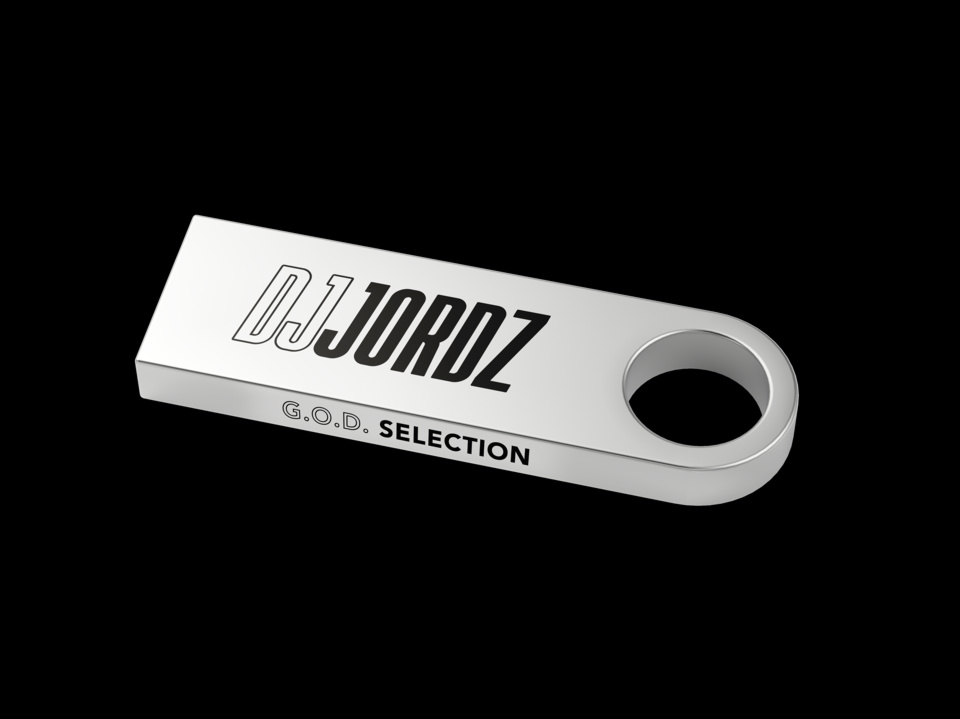
USB 3.0 has been available for more than 5 years and many newer computers are built with USB 3.0 ports. The benefit of USB 3.0 is, of course, faster transfer speed. You may be wondering if it’s time to upgrade to take advantage of USB 3.0. Will you really see a significant speed advantage? Let’s take a look at the pros and cons and weigh whether it’s time to upgrade.
Due to backward compatibility, your USB 3.0 flash drives and cables will work in USB 2.0 ports. That’s good news. The bad news is they’ll still operate at USB 2.0 speeds.
A USB 3.0 flash drive is still going to operate at USB 2.0 speeds if your computer has USB 2.0 ports. You have to have USB 3.0 ports if you want to get USB 3.0 speeds from USB 3.0 cables and devices.
The signaling speed for a USB 2.0 is 5 megabits per second. For USB 3.0, it is writing speed is 15-18MB per second and reading speed is 86.6mb/s, which translates to speeds more than 10 times as fast as USB 2.0.
That’s the theory at least. The reality is devices tend to develop bottlenecks due to other factors. A USB drive, for example, The same flash drive RUNS on A high configuration windows 8 computer and a standard configuration windows 8 computer, the test speed will be different.
You may be wondering then how fast is a USB 3.0 flash drive versus a USB 2.0 flash drive in the real world. This depends on the quality of the drive.
Most USB 2.0 drives test at between 6 megabytes per second and 9 megabytes per second. USB 3.0 drives test from 11.4 megabytes per second to 286.2 megabytes per second. There’s a huge variation in speed from drive to drive.
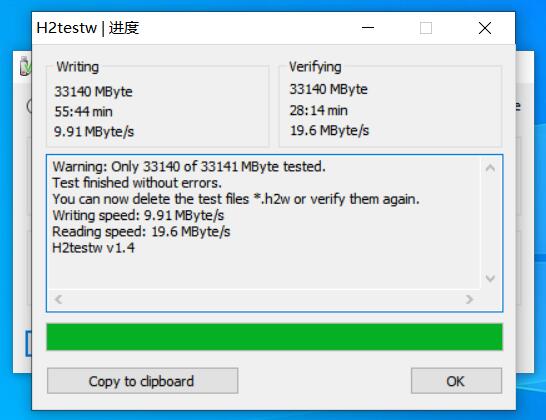
Here is one of our USB2.0 flash drives in high speed. You can see it is very fast too.
Some of the worst USB 3.0 drives tested only slightly better than USB 2.0 drives, but some of the best USB 3.0 drives were more than 28 times faster than their USB 2.0 counterparts.
Never make the assumption that because something is a USB 3.0 that it’s going to be a significant upgrade. Research the benchmarks of any USB 3.0 device before you lay down your money because you can get sold on a speed increase that is in fact imperceptible.
Another thought is that as USB 3.0 becomes more popular, the prices of USB 2.0 devices have dropped, making them a bargain if you don’t mind the slower speeds. USB 3.0 cables and devices are slightly more expensive than their USB 2.0 competitors.
Flash drives with the highest benchmarks can be quite a bit pricier. On the pro side, if you do your research, you can see significant speed increases when switching to USB 3.0 and still find some pretty good prices.
A USB 3.0 port delivers an output of 0.9A, compared to a USB 2.0’s speed of 0.5A. A USB 3.0 port will charge cell phones and other devices more quickly, and they are better able to support those power-hogging devices.
The first phone introduced to the market with a USB 3.0 port was the Samsung Galaxy Note 3. Giving this device a full charge from 0-100% battery on USB 2.0 takes 7 hours 48 minutes. On USB 3.0, a complete 0-100% charge is achieved in 5 hours 8 min, saving you about 2 hours 40 minutes.
Of course, the best time is achieved with a standard wall charger (USB 2.0A) which does a complete charge in 2 hours and 15 minutes.
Charging time is a big pro for USB 3.0 because it’s going to save you a noticeable amount of time. This goes without saying, but remember to use a USB 3.0 cable with your USB 3.0 port for optimal charging speed.
If you are uncertain whether your computer or other devices have USB 3.0 ports, fortunately, there’s a very easy way to tell. A USB 3.0 port is typically colored blue inside to make it easy to discern the difference with the naked eye.
Many of the computers built in the last 3-4 years include both USB 2.0 and USB 3.0 ports, and anything built in the last year or two is almost guaranteed to have been built with USB 3.0.
So, to sum up, The pros of USB 3.0 include faster charging time for cell phones and other devices, faster speed in theory, and faster speed in practice when you do your research on the benchmark of peripherals such as flash drives. Cons are the higher expected speeds can get bottlenecked due to slow flash memory.
So choose the quality flash memory at high speed. you can contact our sales department. We have the highest USB3.0 flash drives;
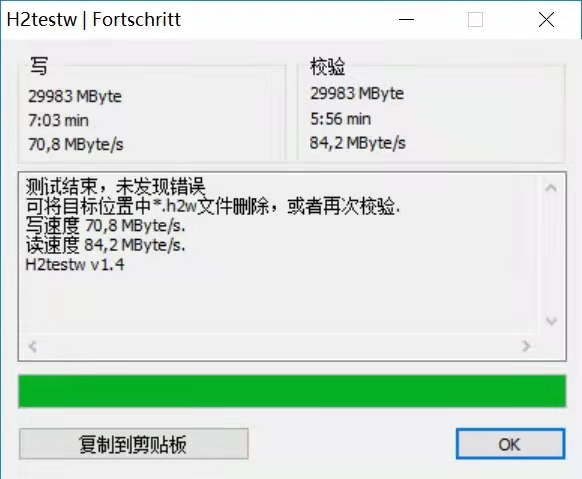
What does this means? It means it only takes less than 15 min to transfer data in 29GB. Very fast USB3.0 flash memory.
Depending on the purpose of your purchase, USB 2.0 is fast enough to meet your needs if you are using it for gift promotions. If you are used to storing photos and songs sent to your customers, then you can also choose a high-speed SLC USB2.0 USB flash drive. At this point, the lifetime of the flash drive is more important than speed. USB3.0 is a great option if you’re looking to do retail with some very high-speed customers.
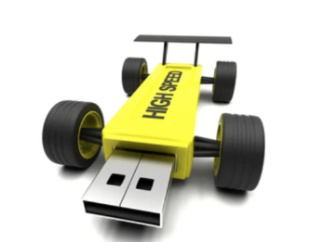
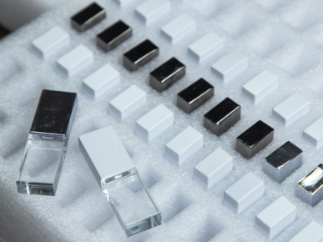 Bulk USB Drives
Bulk USB Drives
